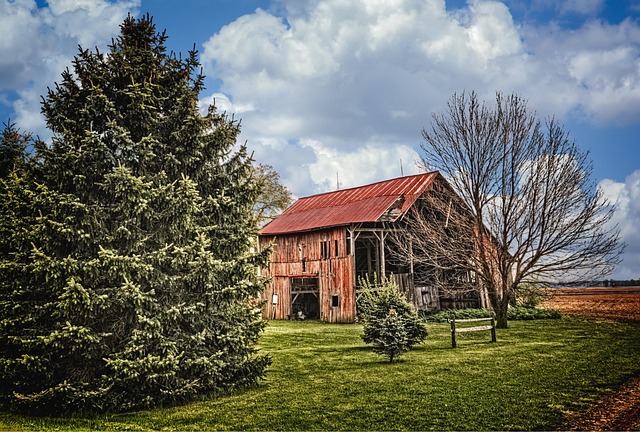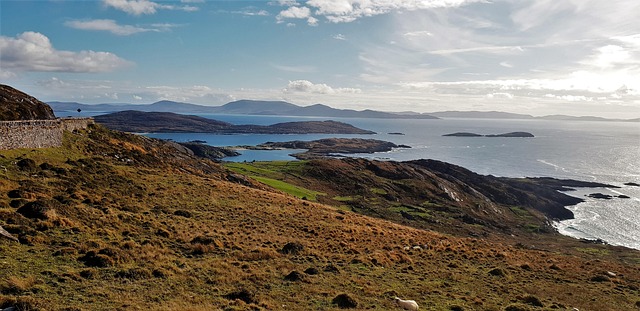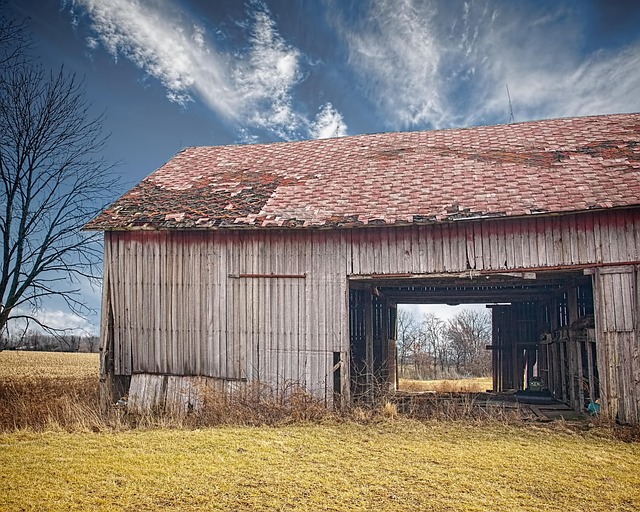Scenic canyons and river valleys are sought-after in the real estate market due to their tranquility and natural allure. These diverse landscapes, from secluded retreats to developed valleys with amenities, cater to various preferences while offering breathtaking views and recreational activities. The niche market attracts both permanent residents and vacationers driven by a desire for immersive natural experiences. By focusing on sustainable development and marketing the ecological benefits, real estate investors can tap into this growing trend while contributing to conservation efforts.
Discover the allure of nature’s grandeur with scenic canyons and river valleys—some of the most sought-after real estate locations. This article explores why these pristine landscapes hold such strong appeal, uncovers their breathtaking beauty, and provides a practical guide for investors. Learn how to navigate and invest in these captivating environments, where majestic geology and flowing waters create opportunities that transcend mere property ownership. Embrace the magic of nature’s canvas.
The Allure of Canyon and Valley Real Estate: Why Location Matters
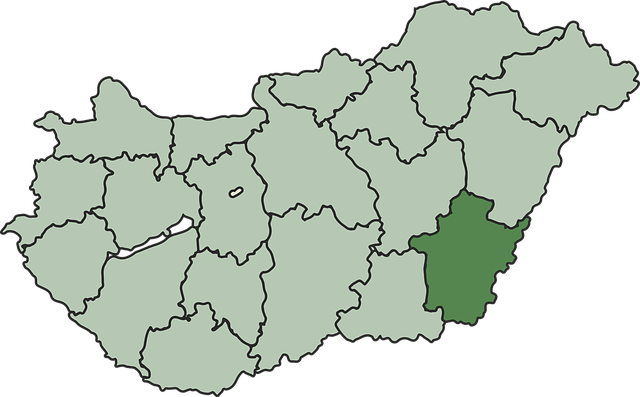
Scenic canyons and river valleys have long captivated humans, creating a unique real estate market characterized by breathtaking views and diverse landscapes. The allure of canyon and valley properties goes beyond aesthetics; it’s driven by a desire to connect with nature and embrace a tranquil lifestyle. Prospective buyers are often drawn to the sense of seclusion and peace that these locations offer, a stark contrast to the hustle and bustle of urban centers. With breathtaking vistas ranging from whispering forests to cascading waterfalls, such properties provide an opportunity for reflection and relaxation.
Location plays a pivotal role in the desirability of canyon and valley real estate. Remote areas with easy access to natural wonders appeal to those seeking a quiet retreat, while more developed valleys with amenities nearby cater to those wanting a balanced lifestyle. The market for these properties is diverse, attracting both permanent residents and vacationers who appreciate the serene beauty and recreational opportunities these environments offer. This niche segment of the real estate market continues to grow as folks embrace the allure of nature and seek out transformative experiences in these captivating landscapes.
Unveiling the Natural Wonders: Exploring Scenic Canyons and River Valleys
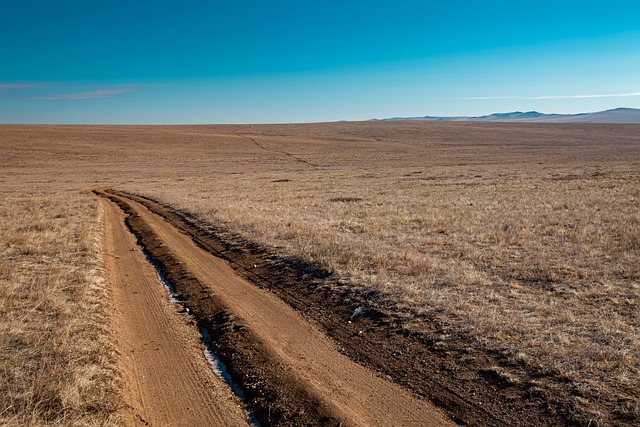
Unveiling the Natural Wonders: Exploring Scenic Canyons and River Valleys
Scenic canyons and river valleys are true testaments to Mother Nature’s artistry, offering a glimpse into the earth’s geologic history and breathtaking landscapes that have captivated humans for centuries. For real estate enthusiasts and nature lovers alike, these natural wonders provide an unparalleled opportunity to connect with the outdoors while enjoying the serenity and beauty of our planet. Exploring these canyons and valleys allows us to appreciate the intricate interplay between water, time, and rock, resulting in dramatic formations that inspire awe and wonder.
From the Grand Canyon’s majestic depths to the whispering river valleys of the Pacific Northwest, each canyon and valley boasts unique characteristics and ecological diversity. These natural spaces not only serve as vital habitats for countless species but also offer recreational opportunities such as hiking, camping, and whitewater rafting, drawing visitors from around the world. The beauty of scenic canyons and river valleys extends beyond their visual allure; they are living, breathing ecosystems that play a crucial role in our planet’s health and well-being, making them invaluable treasures for all to experience and protect.
How to Discover and Invest in These Pristine Landscapes: A Practical Guide

Discovering and investing in pristine scenic canyons and river valleys can be a rewarding experience for real estate enthusiasts. To start, conduct thorough research to identify regions known for their breathtaking landscapes. Explore local government websites, environmental organizations, and tourism boards for detailed maps and information on protected areas. Additionally, engage with local communities and experienced guides who can provide insights into the unique features and potential challenges of these locations.
When considering investment opportunities, focus on sustainable practices that preserve the natural beauty. Engage with reputable developers or investors who prioritize ecological conservation. Real estate in these areas often appeals to outdoor enthusiasts and eco-conscious buyers, so marketing strategies should emphasize the pristine nature and recreational activities available, such as hiking, fishing, and wildlife watching.


